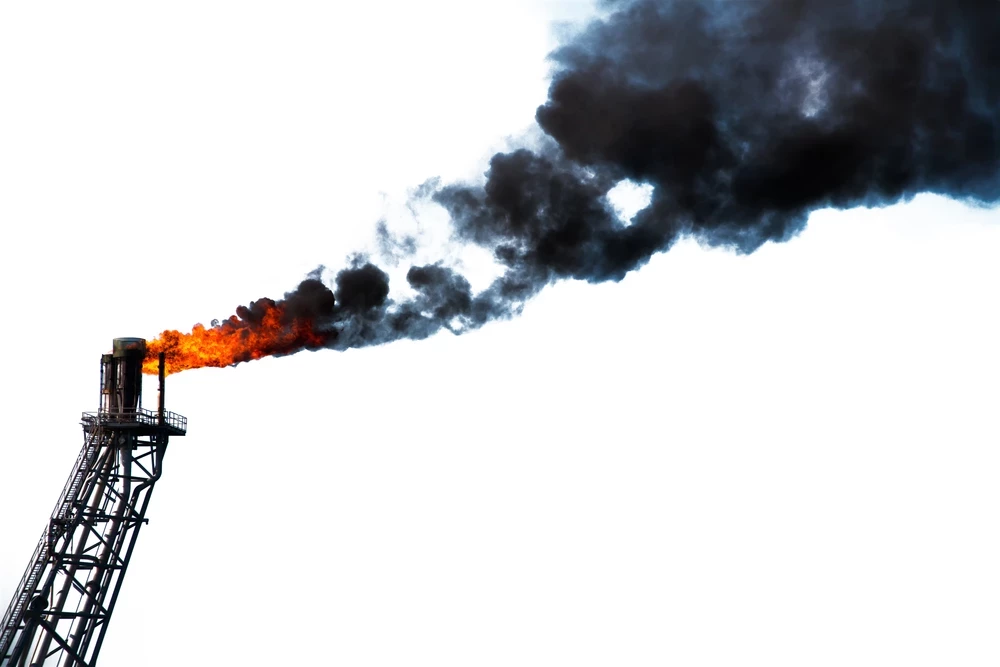Oil recovery in the upstream oil industry
Add bookmarkOil and Gas Production Content Series
The world's ever-increasing demand for energy has led those within the upstream oil industry to seek new reserves and new methods of tapping previously unreachable resources.
Price alterations and technological advances mean that extracting oil using enhanced oil recovery methods is becoming increasingly mainstream, with multinational companies such as ExxonMobil and Shell investing in the process.
[eventpdf]
This is also driven by a decrease in conventional reserves, which, according to Mark Albers, senior vice president of Exxon Mobil Corporation, means that in the coming years technological advancement is going to be important, regardless of the extraction methods used.
With particular reference to ensuring that the upstream oil industry continues to produce the industry resources required to meet growing demand, Albers said that partnerships between governments and corporations would be vital.
"Our common industry goal is to safely deliver safe, reliable, and affordable energy to the consumer. Advancing technology and building stronger partnerships are vital to the long-term strength of our industry," Albers said.
ExxonMobil already employs enhanced oil recovery techniques in the Means Field in Texas and the Upper Zakum oil field offshore Abu Dhabi.
New Technology
Upstream oil company Shell is also placing itself firmly at the forefront of efforts to establish new enhanced oil recovery technology through a relationship with Delft University of Technology.
The company entered into a six-year partnership with the aim of developing new methods of extracting increased levels of oil from subsurface reserves.
According to Shell, recovery rates currently experienced by the upstream oil industry are in the region of 35 percent and the technology available makes extracting the remaining 65 percent uneconomical. Advancements which enable oil recovery of just 1 percent more would increase reserves by 88 billion barrels.
Through the programme, Shell intends to combine the application of measurement and control Smart Field techniques with enhanced oil recovery techniques through the injection of chemicals. The research will also look at combing data from a variety of sources, including seismic sensors and fibre optic sensors to create improved computer models.
Jeroen Regtien, Shell vice-president, hydrocarbon recovery techniques, said that the project will "significantly advance [its] capability to enhance oil recovery through a combination of tools and techniques, some of which are new to the upstream oil industry."
Carbon Capture and Storage and Enhanced Oil Recovery
Enhanced oil recovery also has a role to play in the world's fight against climate change and could be used until carbon capture and storage (CCS) methods are better established and become more economically viable.
In October 2009, the United States Department of Energy (DoE) invested $1.4billion (£929 million) in 12 CCS projects, some of which researched the use of carbon sequestration as a method of enhanced oil recovery and carbon storage.
The viability of such projects was shown recently during field tests conducted by the DoE and The Plains CO2 Reduction (PCOR) Partnership, New Technology Magazine reported.
Using the so called 'huff and puff' method, which involves injecting CO2 into the oil reserve and soaking for a period of time before restarting production, the Northwest McGregor oil field managed to more than double oil production in three months.
The results were particularly encouraging as they were obtained at pressures and depths never tested before. Some 440 tons of liquid CO2 were injected at depths of over 8,000 feet under pressures of 3,000lb per square inch and temperatures of 180 degrees Fahrenheit.
According to the news provider, the tests also revealed a reservoir saturation tool and vertical seismic profiling could also be used to "detect and monitor small-volume CO2 plumes in deep carbonate reservoirs to ensure safe and permanent sequestration."
| Have Your Say Rate this feature and give us your feedback in the comments section below |
____________________________________________________________
Sumit Dutta heads up Marketing at Oil & Gas IQ. Contact him at Twitter or Google Plus






















